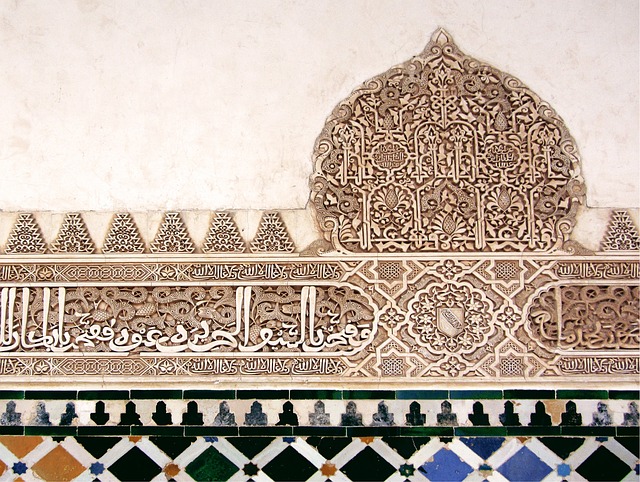
The regime led by a caliph is known as a caliphate.
The regime headed by a caliph is called the caliphate . The territory and period ruled by one of these Muslim leaders is also called caliphate.
To understand what a caliphate is, therefore, it is essential to understand the notion of caliph . This term derives from the French calife , although it has its etymological origin in a classical Arabic word that can be translated as “vicar” . Caliph is the title held by those considered delegates and successors of the Prophet Muhammad , who had civil and religious authority in certain regions.
The caliphs led the Muslim people, but were not taken as prophets. Its function was to establish and govern a model according to the precepts of Muhammad : the caliphate.
Caliphates throughout history
The first caliphate was the so-called Orthodox Caliphate , which lasted between the years 632 and 661 . In this caliphate there were four different caliphs, the first being Abu Bakr as-Siddiq , who was Muhammad 's successor.
The Orthodox Caliphate is the only one that recognizes both Shiism and Sunnism . Then there were other caliphates, but with different orientations. Among the Sunnis are the Umayyad Caliphate , the Abbasid Caliphate , and the Ottoman Caliphate . The Shiites, for their part, had the Fatimid Caliphate .

Throughout history there have been many important caliphates.
Umayyad of Córdoba
Without a doubt, one of the most important caliphates in all of history was the Umayyad Caliphate of Córdoba , also known as the Western Caliphate . This, as its name indicates, had its capital in Córdoba ( Spain ) and was proclaimed in the year 929 by Abderramán III and lasted until the year 1031 .
Other interesting facts about this caliphate were the following:
– It corresponded to the time of greatest splendor of Al-Andalus .
– Its economy was based on coinage, agriculture and crafts. The latter two fields that developed enormously, marking a great difference with any other corner of the European continent.
– He opted for culture in a forceful way. So much so that a medical school, 70 libraries, a university was founded and two translator schools were created in its capital.
– In addition to Córdoba , which had more than 500,000 inhabitants, other important cities of the caliphate were Toledo , Seville and Zaragoza .
– During the Umayyad Caliphate, in the same way, it should be noted that not only was the famous Mosque of Córdoba expanded, but the construction of the palatine city of Medina Azahara was also carried out.
– Fundamental figures at a cultural and philosophical level of this caliphate are Maimonides or Averroes , among others.
– On a political level, the caliphate was so important that even kingdoms such as León and Navarra began to pay tribute to it. And counties like Barcelona , for example, did the same.
Caliphate today
Currently the concept of caliphate is usually used with reference to the territories that Islamic terrorists dominate or seek to dominate.
These extremist groups seek to establish governments governed by an interpretation of the Koran that endorses violence and persecution of those who profess another religion .
